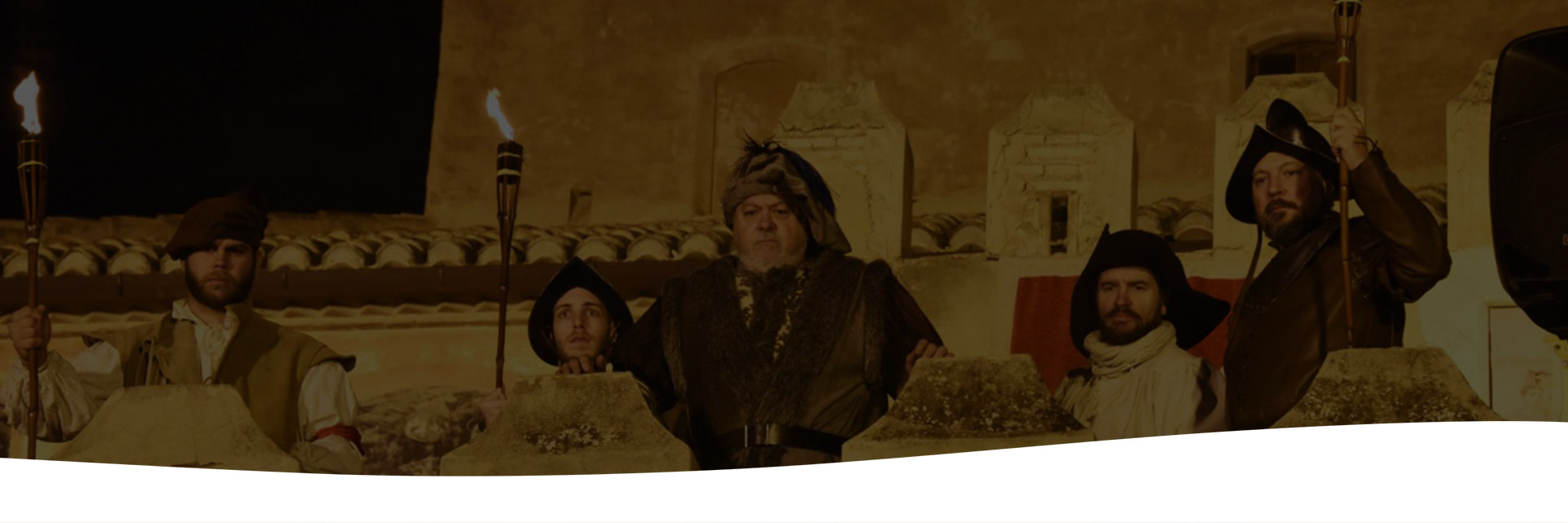Live the real history of our Castle

Annually and with the celebration of the acquisition of the Castle to municipal ownership that is held on the first or second weekend of February, Benisanó recreates the Entrance of the captive King Francisco I, King of France to Benissanó:

In the battle the most granate of the French nobility died, such as Bonnivet, Louis II La Tremoille, La Palice, Suffolk, and Francisco de Lorraine.
In subsequent donations, belonging to the Chancellery and documented in the times of Pedro lo Grande, the name of Benissanó as we know it today appears, specifically in the donation made in 1278 and 1279 to Juan de Prócida.In subsequent donations, belonging to the Chancellery and documented in the times of Pedro the Great, the name of Benissanó as we know it today appears, specifically in the donation made in 1278 and 1279 to Juan de Prócida.
With the beginning of the mandate of this renowned family is when the configuration of Benissanó as a manorial town, manifestly independent of the royal power, is strengthened. Don Luis de Cavanilles was * cupbearer to King Juan II of Aragon in 1477, governor of the City and Kingdom of Valencia on behalf of the Catholic Monarchs between the years 1481 and 1503.
His son, Don Jerónimo de Cavanilles was captain of the Royal Guard with King Ferdinand the Catholic, ambassador of France between 1509 and 1511 and Governor of the City and Kingdom of Valencia in 1523. It was Don Jerónimo de Cavanilles who transferred the prisoner king Francisco I of France to the castle of Benissanó, by request direct of the Emperor Carlos V, after the defeat in the battle of Pavia in 1525, forming one of the historical passages that took place in the municipality that are best known and remembered.
He also held the positions of Viceroy and Captain General of the Viceroy Doña Germana de Foix from 1538 to 1549. He married Doña Leonor de Borja, relating in the municipality to this family of Popes.